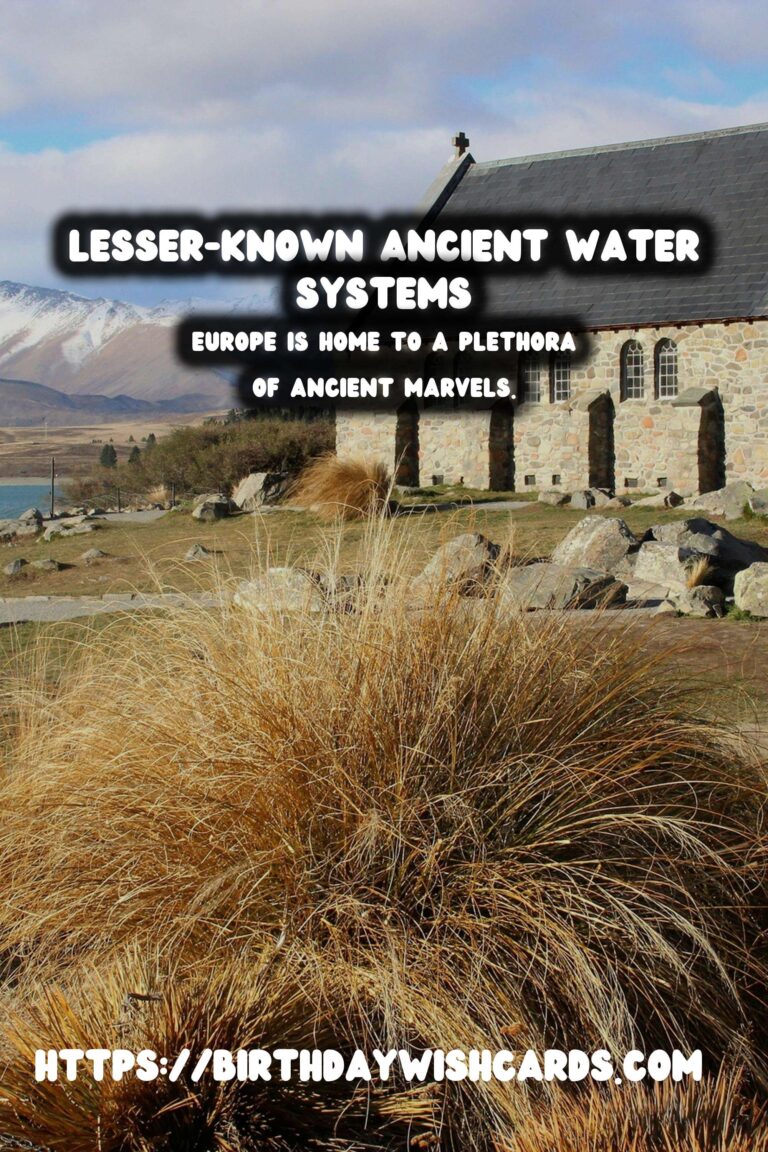
Europe is home to a plethora of ancient marvels. While many are familiar with grand structures like the Colosseum or Stonehenge, the continent also hides a network of lesser-known ancient water systems that played crucial roles in their time and continue to inspire awe today.
The Minoan Aqueducts
On the island of Crete, the Minoans developed one of the earliest known examples of aqueduct systems in Europe. This sophisticated network not only provided water to their palaces and cities but also showcased their advanced engineering skills.
The Minoans utilized gravity to channel water from mountain springs to their urban areas, showcasing an understanding of hydraulics and water management that was unparalleled at the time. This system was essential for sustaining their agriculture and maintaining their powerful maritime society.
The Roman Water Milling Systems
While Roman aqueducts are well-documented, their use of water milling systems is lesser-known but equally impressive. These systems harnessed the power of water to grind grain, providing a technological edge that supported their massive populations.
Locations like Barbegal in southern France and ancient water mills along Rome’s Janiculum hill are prime examples of how the Romans exploited natural resources to innovate food production technologies.
Medieval Water Lifting Devices
During medieval times, various regions across Europe developed water lifting devices that were both ingenious and environmentally sustainable. The Persian-influenced water-raising devices, known as norias, were prevalent in Spain for irrigation purposes.
These norias demonstrated a keen ingenuity in adapting traditional technologies to new environments, contributing significantly to agricultural expansion in previously arid regions.
Celtic Water Sanctuaries
Intriguingly, some ancient European water systems served a spiritual purpose. The Celts, for instance, revered water and built sanctuaries around springs and lakes, incorporating these natural resources into their religious practices.
The Sanctuary of Larzac in southwest France and the sacred wells of Ireland are testimonies of how water was not only a lifeline but a profound spiritual symbol in ancient Europe.
Nordic Boathouses and Water Transport
The Vikings, notorious for their seafaring prowess, also developed smart solutions for navigating and utilizing local water systems. Their boathouses were an integral part of coastal communities, facilitating transportation, commerce, and warfare.
These boathouses, found around Denmark, Norway, and other Nordic regions, highlight the ancient Norse’s intimate relationship with maritime landscapes, where water was a conduit of connectivity and sustenance.
These hidden ancient water systems in Europe reveal a tapestry of innovation and cultural significance. Each contributes to our broader understanding of how past societies harnessed nature’s forces to thrive and adapt to diverse terrains. As we delve into their stories, we uncover not just evidence of technological prowess but insights into the daily lives and spiritual worlds of our ancestors.
Europe is home to a plethora of ancient marvels. The Minoans developed one of the earliest known examples of aqueduct systems in Europe. 
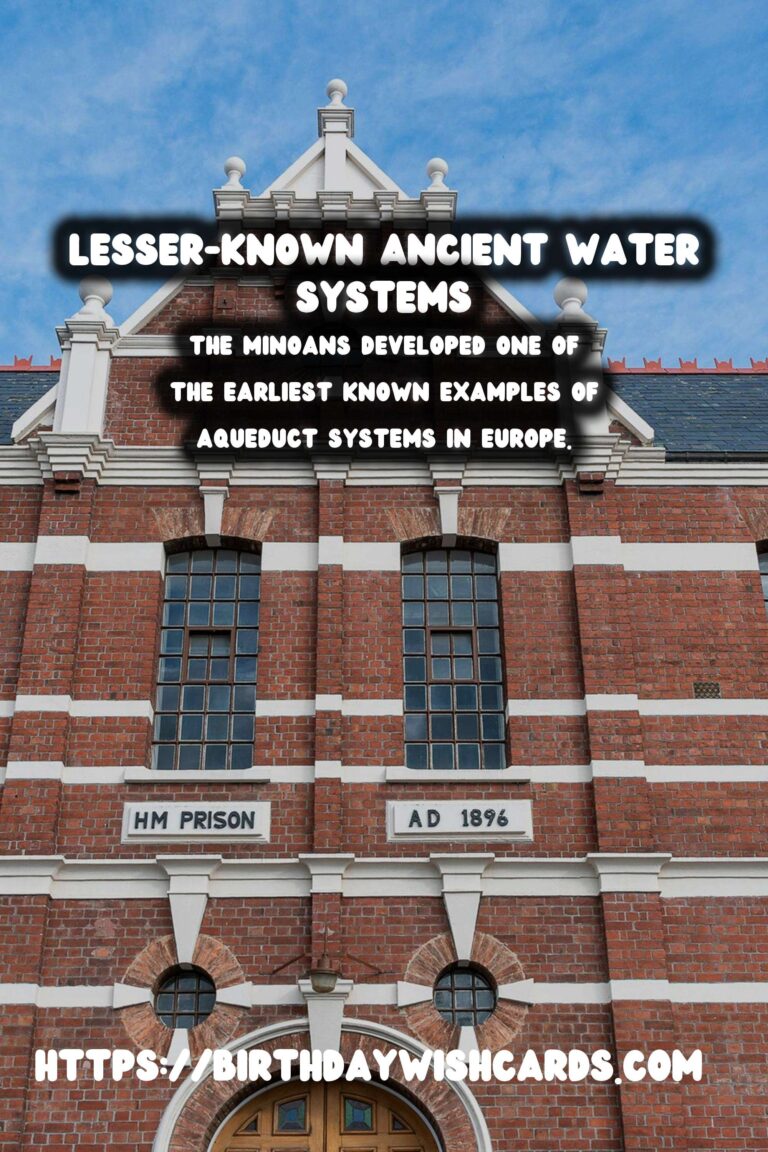
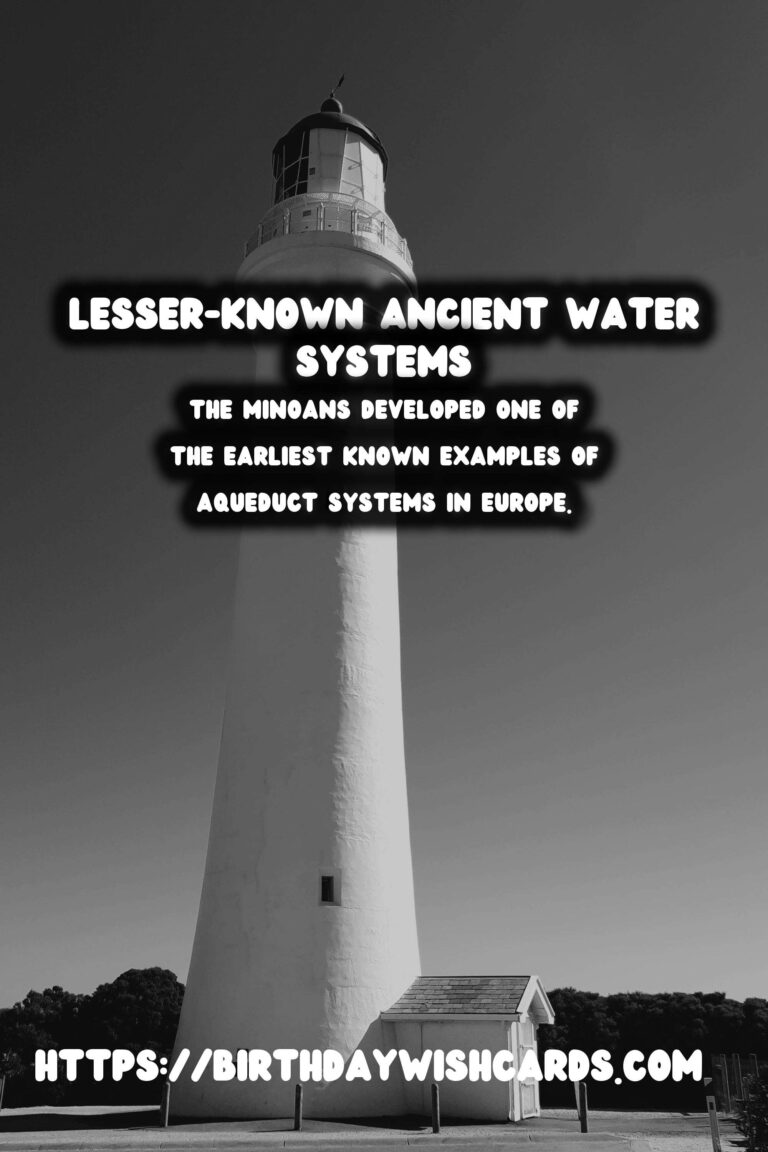
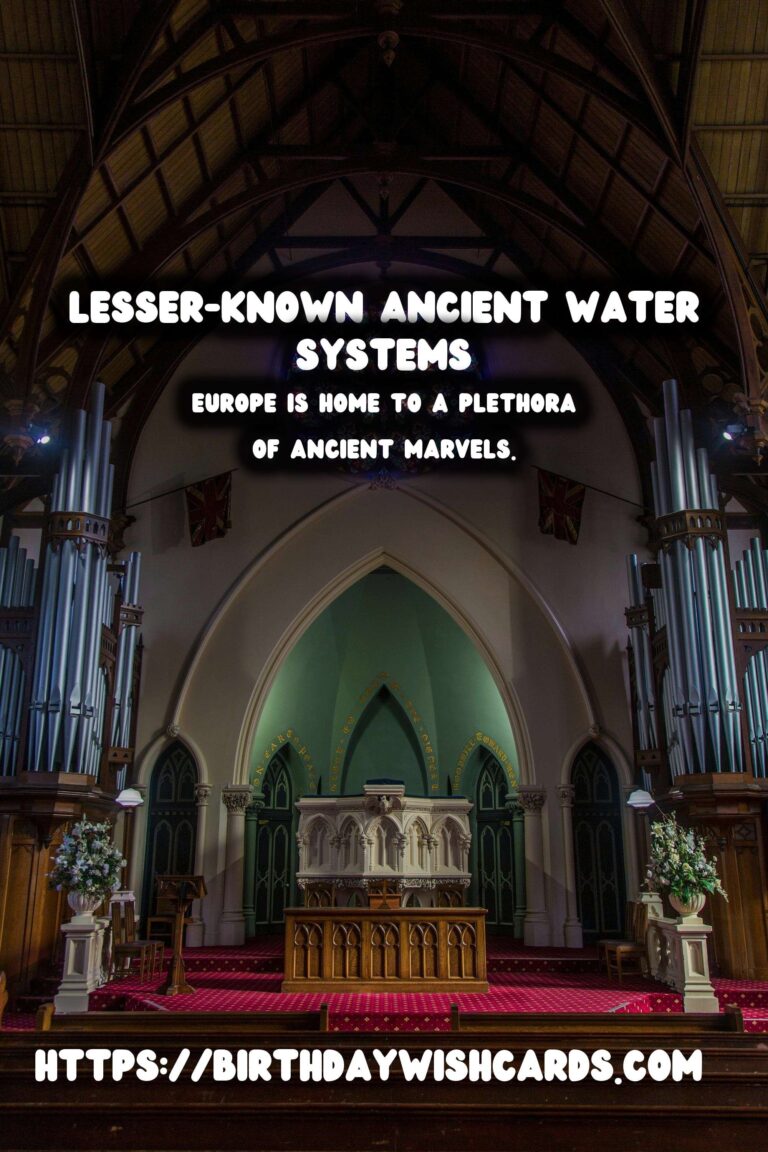
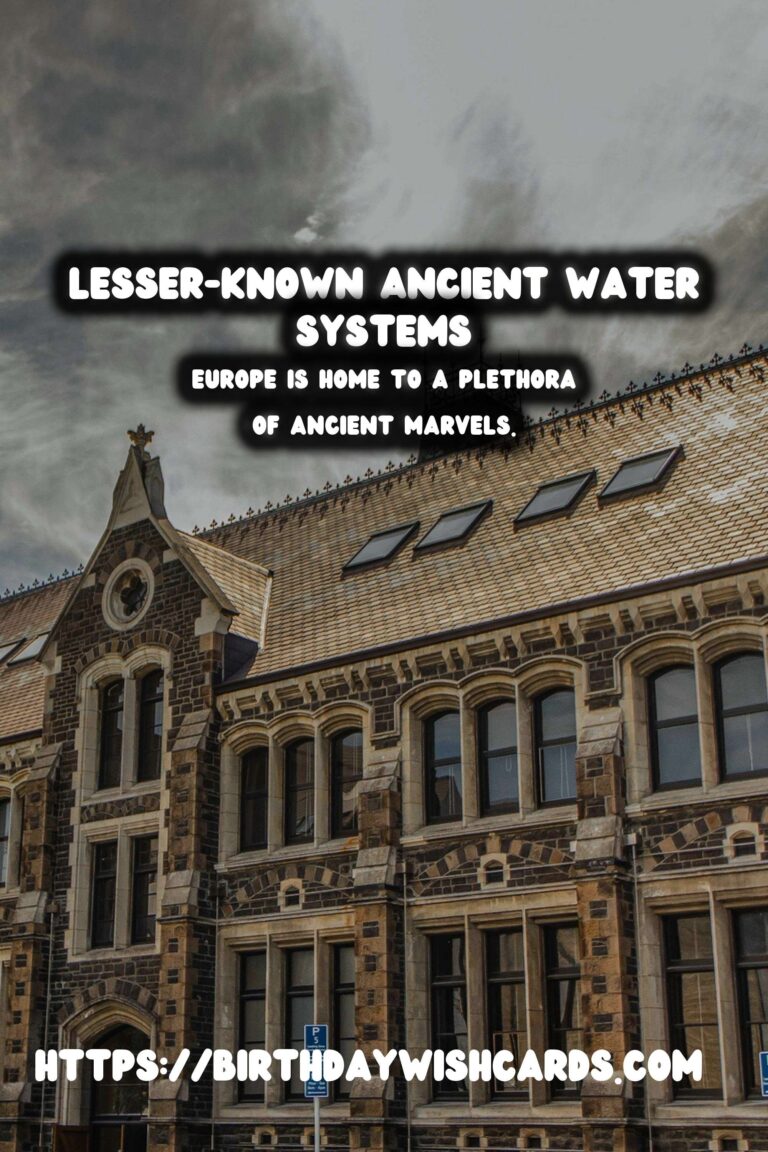
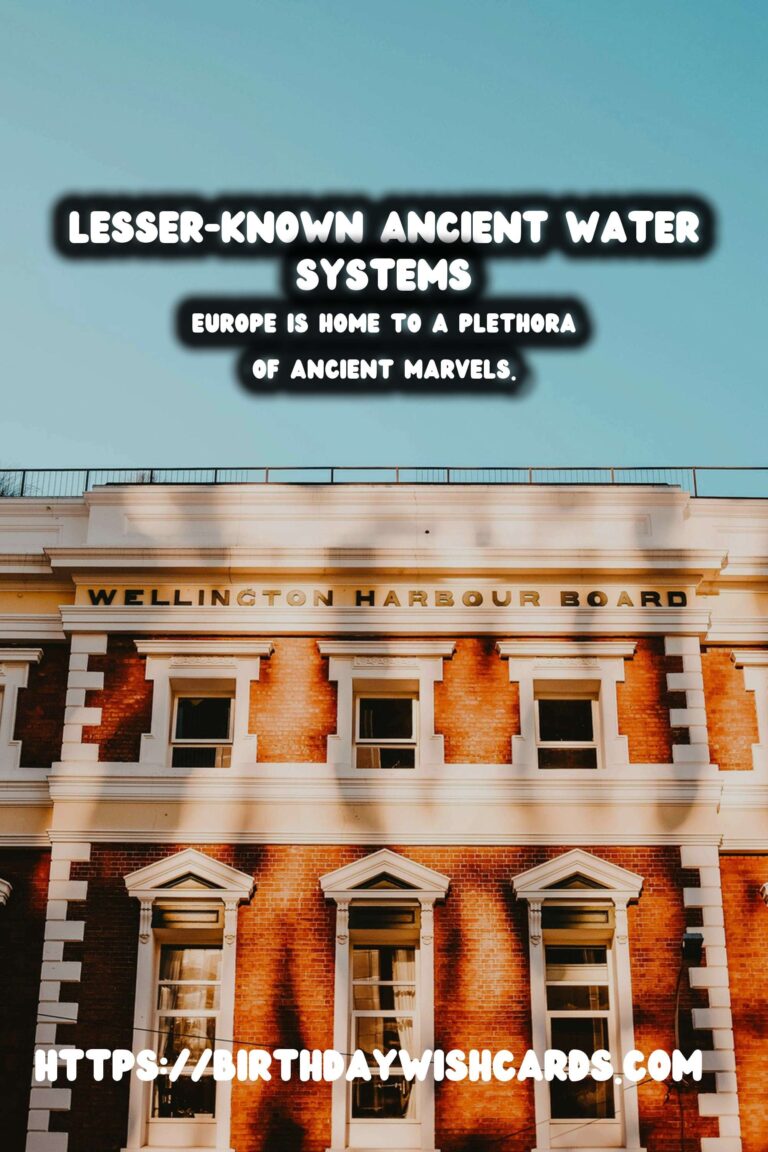
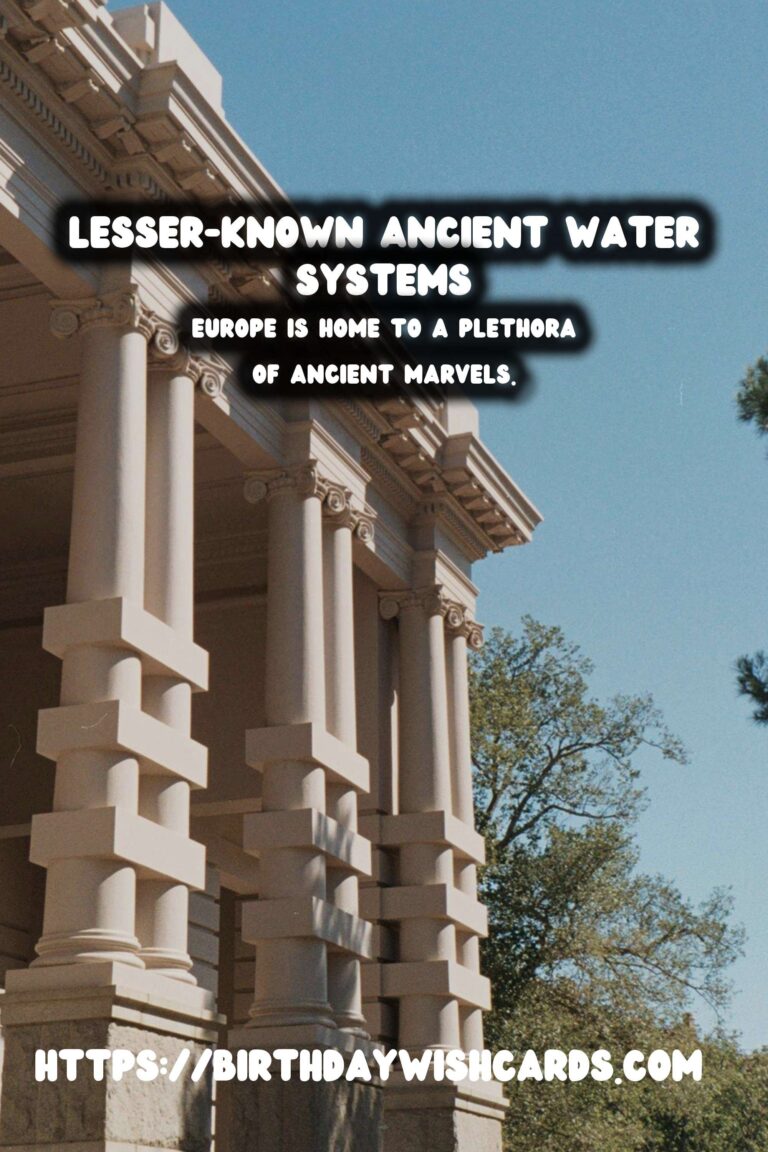


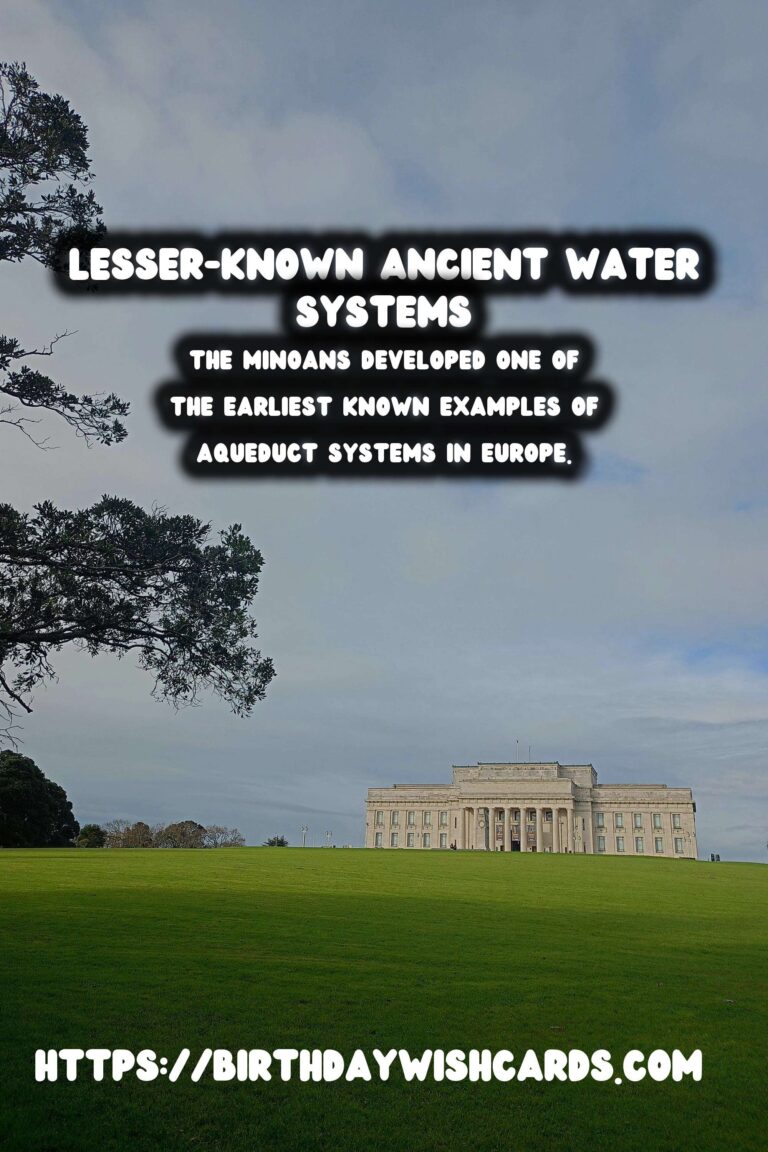
#AncientEurope #WaterSystems




